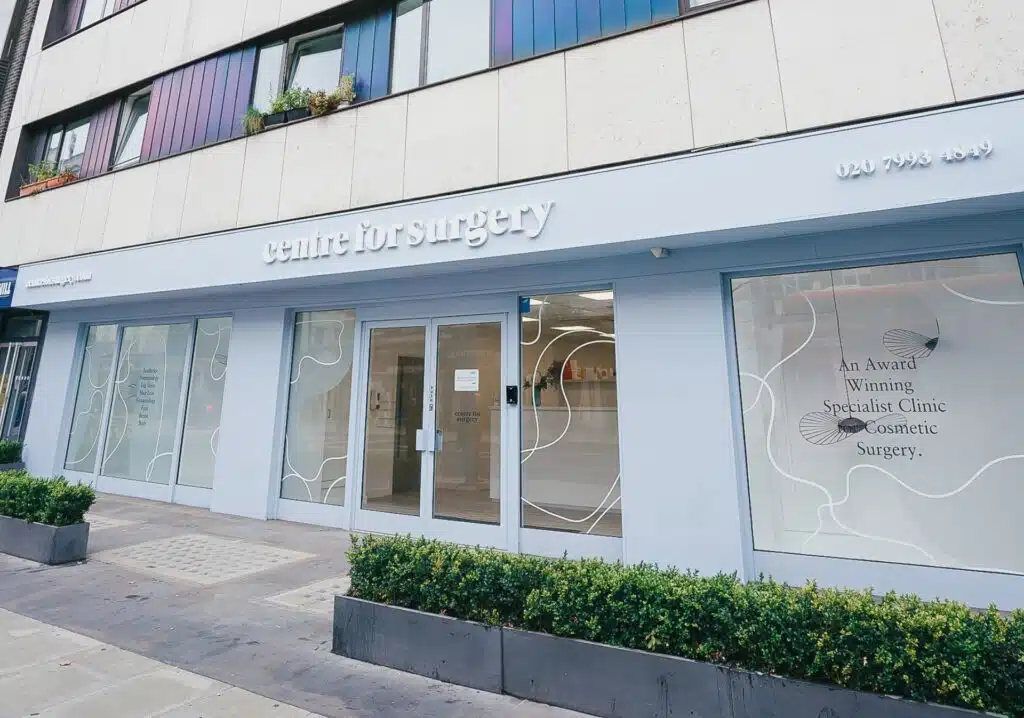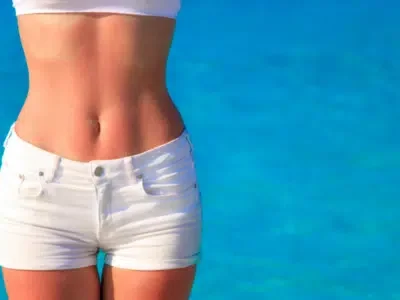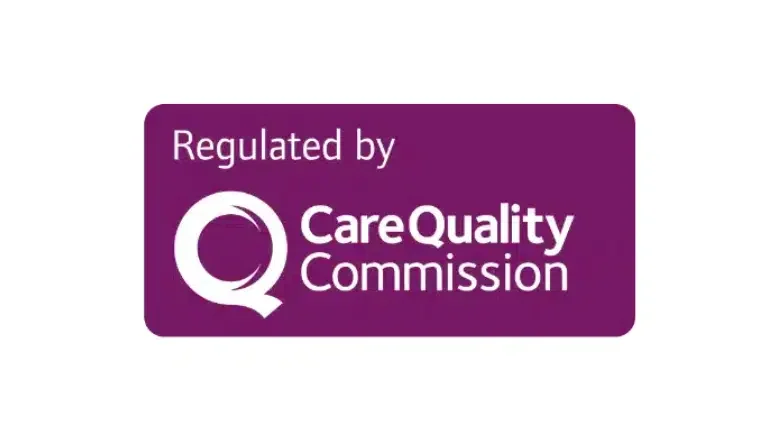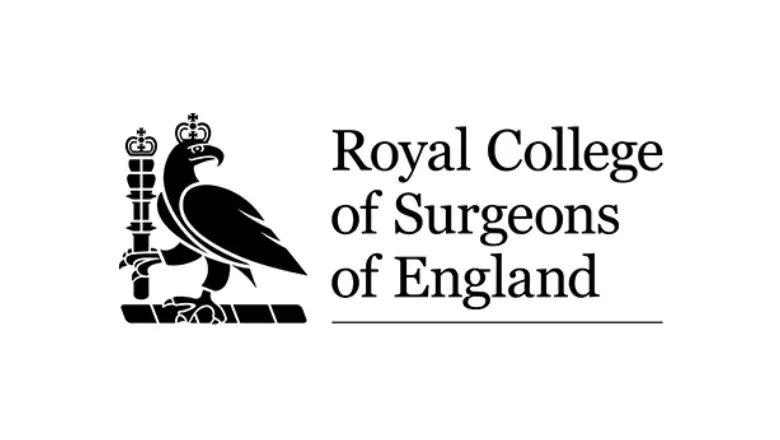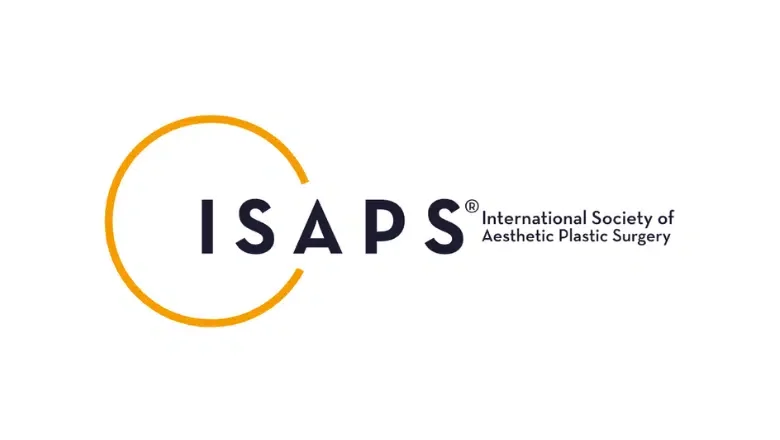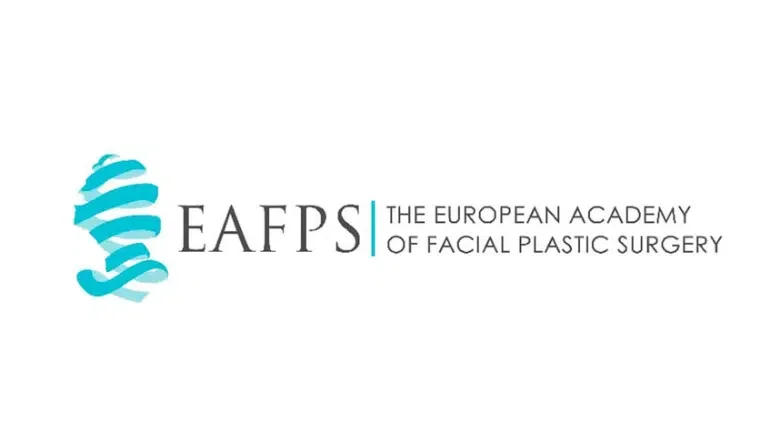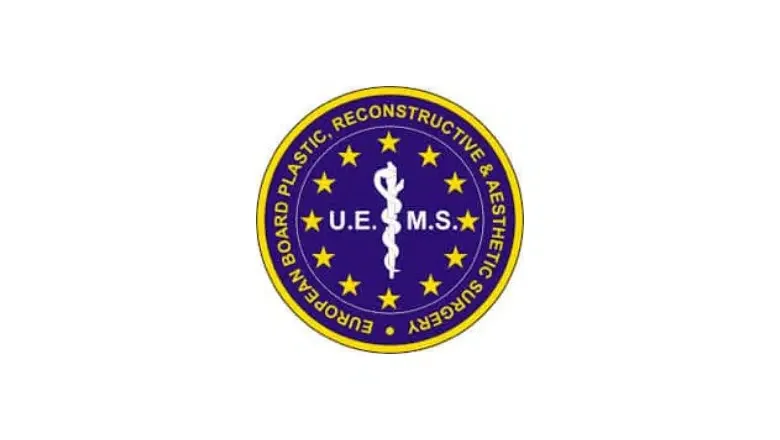Many patients who are considering undergoing a fat transfer procedure are often concerned about what the recovery period involves. Here, we will explain the recovery process in detail and hopefully put your mind at ease.
SEE ALSO: What are the different types of fat transfer surgery?
What does a fat transfer procedure involve?
The fat transfer procedure normally lasts between 1 and 4 hours and is usually carried out under a general anaesthetic. Fat transfer may be combined with other types of procedures, such as a tummy tuck, and the harvested fat can be used for fat transfer to breasts. Our nurses will provide you with a list of instructions before you arrive. Generally speaking, you should wear comfortable clothes at our Baker Street clinic. Preferably clothes that can be buttoned or zipped. This will help to minimise discomfort when you get dressed after the procedure. You should arrange for a responsible adult escort to drive you home after you have had your fat transfer surgery.
RELATED: What is the recovery time for fat transfer to breast surgery?
The fat transfer procedure takes place under TIVA anaesthesia. TIVA is a gentle, full general anaesthesia with a much quicker recovery profile and virtually no risk of post-operative sickness. Your surgeon will first perform liposuction to remove the fat from unwanted areas such as the stomach, thighs, back or arms. This process involves inserting a suction cannula through small incisions no more than 3-4 mm long. The next step is for the surgeon to purify and prepare the harvested fat tissue. Lastly, the fat is injected into the area you wish to enhance.
How long do fat transfer results take to appear?
You will begin to see the procedure results within 6 or 12 weeks when the swelling starts to fade, revealing the sculpting effect of the procedure. The fat transfer volume usually takes 3 and 6 months to show. This is because it takes time for the body to connect the ‘new’ fat to the blood supply. Facial fat transfer often has a quicker recovery period compared with other types of fat transfer, such as fat transfer to the buttocks.
You could lose 30-50% of the fat grafts, but there’s no need to be concerned as the surgeon accounts for this loss to deliver your desired results. Also, it takes a few more weeks for the skin to stretch to accommodate the new fat cells. It is this process that makes your skin feel ‘natural’.
You may experience some minor pain and discomfort as the anaesthesia wears off. You will feel this around the areas treated. You should be able to manage the pain and discomfort using the pain medication prescribed by your surgeon. Any pain and discomfort will normally peak within the first 48 hours before subsiding.
Complete recovery times will vary between each patient and the type of fat transfer surgery. Usually, by the 6th month, most residual swelling should have faded, and the fat ‘grafts’ will have settled. This means that you can continue with your normal lifestyle activities. Your final follow-up appointment will be scheduled between 6-8 months. This is when your surgeon will assess the outcome of your fat transfer.
When can I return to work after having a fat transfer procedure?
How long you need to take off work will depend on the nature of your fat transfer procedure. Most patients need 2 weeks off before going back. If you can work from home, however, you could feel well enough to do so following the first week of your procedure.
Also, the aftercare instructions will be different depending on the type of fat transfer procedure, and you should consider this when considering your return to work. For instance, for a Brazilian Butt Lift (BBL), you should know that you cannot sit directly on your bottom for at least three weeks following the procedure and will need to use a BBL pillow when sitting down.
Top tips for the best fat transfer recovery
-
Take your pain relief medication as directed
You will be prescribed pain medication by your surgeon to help you through the recovery period. Taking these as directed is important, and you should avoid consuming them with alcohol or on an empty stomach. Also, do not take any other medication while you are recovering – not without consulting your surgeon first.
RELATED: Is the fat transfer procedure painful?
2. Keep pressure off the treated area
The fat grafts need to be given time and opportunity to stabilise and connect to the local blood supply. Your body may absorb 20-40% of fat cells during this process. The best way to protect the delicate fat cells and maximise fat cell survival during the early recovery period is to avoid applying direct pressure to the treated area. The required recovery period is usually the first three weeks of recovery.
3. Maintain a healthy weight
The volume of fat transfer can be maintained by keeping a stable body weight. Fluctuations in weight will alter the results of the surgery because the grafted fat acts just like other fat cells in the body. It is for this reason that our surgeons recommend that patients should only have this procedure after they have reached their ideal weight and can maintain it for the long term with a healthy diet and lifestyle.
4. Avoid strenuous activities
Your body needs enough time to recover after the fat transfer procedure, so you should avoid strenuous activities for a few weeks. In addition, if you put too much pressure on your body too soon, it can harm fat cell viability, which may affect the results you are looking for. We recommend taking short walks as soon as you feel well enough because this will help with blood circulation, reduce the risk of blood clots, and help minimise post-surgical risks.
What are the benefits of fat transfer?
The fat transfer procedure can provide many benefits. The main benefits of fat transfer are the extra volume given by the fat grafts and the removal of excess fat using liposuction. The surgery has many other benefits compared to treatments like fillers and implants. This includes reduced scarring, permanent results, and the fact that using your own fat is organic – avoiding the risk of allergic reactions.
RELATED: How long do fat transfer results last?
Is fat transfer worth it?
Many patients consider the fat transfer procedure a worthwhile solution for adding extra volume to the areas they want to enhance. Fat transfer is an entirely natural procedure without artificial silicone implants. Fat transfer surgery involves fewer risks compared with implant-based surgery. In addition to this, our cosmetic surgeons can remove fat from most parts of the body using power-assisted liposuction before injecting it into other areas for volume enhancement. This makes fat grafting a highly versatile treatment for solving various cosmetic concerns.
If you want to learn more about fat transfer, please schedule a consultation with Centre for Surgery at our Baker Street clinic. To book a consultation with one of our fat transfer surgeons, you can either complete our contact form, or you can give us a call at 0207 993 4849. We look forward to speaking with you.

